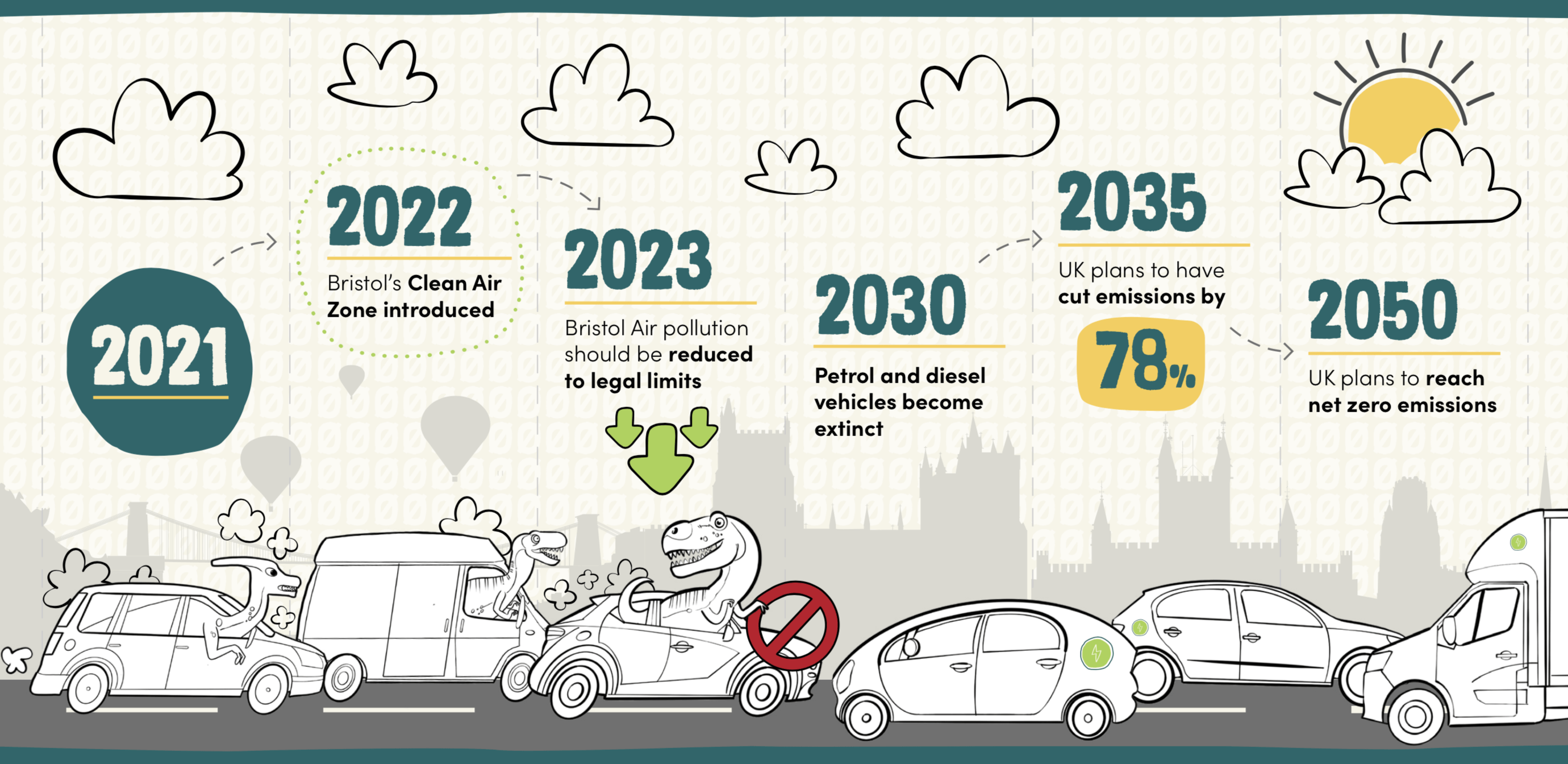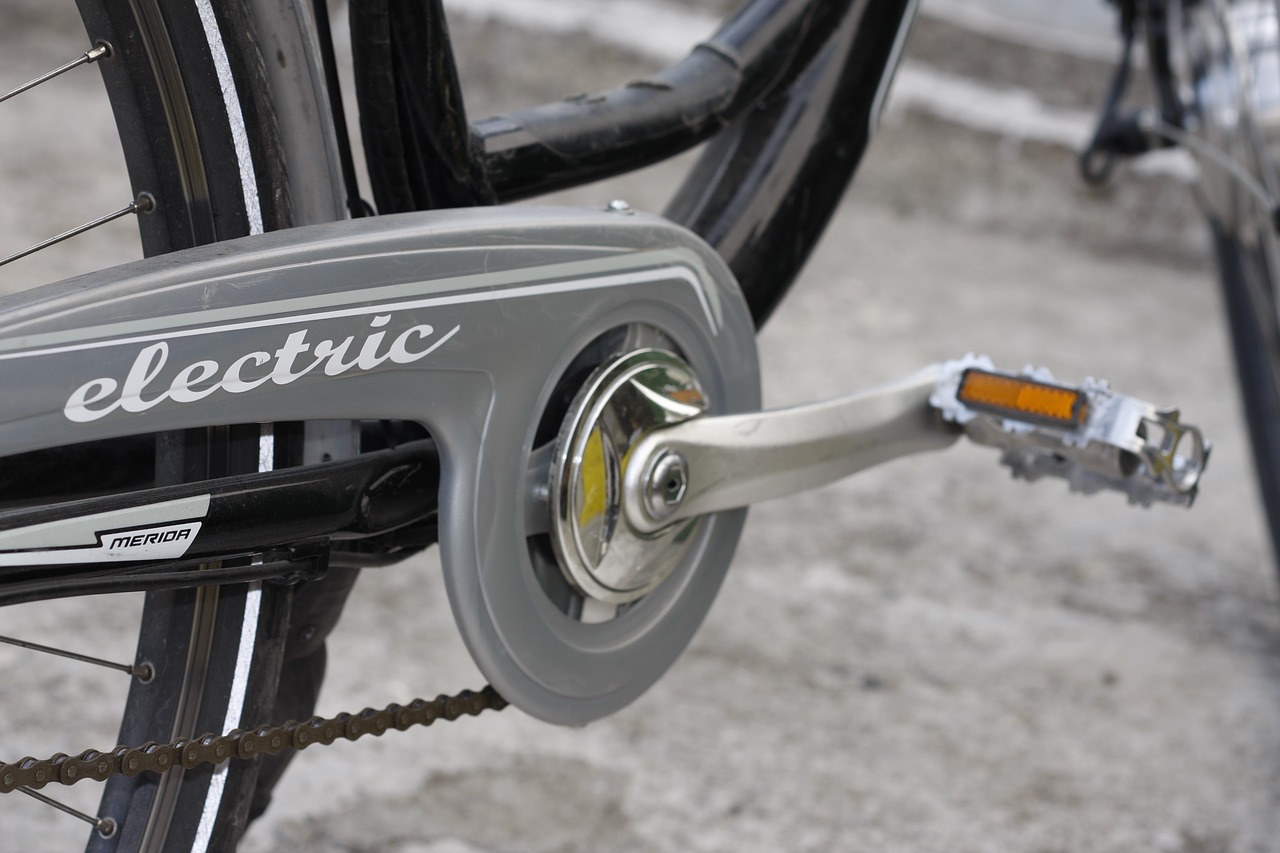What’s the matter with our air?
Firstly, time for a chemistry lesson. We might not be able to always see or smell it, but the air in our city centres is laden with pollution which can have a huge impact on our health.
The exhaust fumes from petrol and diesel vehicles contain a group of gases called nitrogen oxides (referred to as “NOx”) which are bad for us and our environment. One of these gases, nitrogen dioxide, is particularly harmful to us and can damage our lungs, our cardiovascular system and make existing respiratory illnesses such as asthma much worse.
In addition, the air in our cities also contains very small particles, such as tiny specks from tyres, road dust and fuel and oil. These particles - called “particulate matter” - can be twenty times smaller than a human hair. In fact, they’re so small that when we breathe them in, they can enter our bloodstream and can have serious health implications, especially in children, older people and those with existing respiratory problems. One of our partners, Edwards, put together a video explaining a bit more about particulate matter and how they’re removing it through their clean air management solutions.
The level of pollution in Bristol currently exceeds legal limits so the introduction of a Clean Air Zone is vital in addressing this.
Clean Air For Bristol has more information on air pollution and the introduction of the Clean Air Zone.




